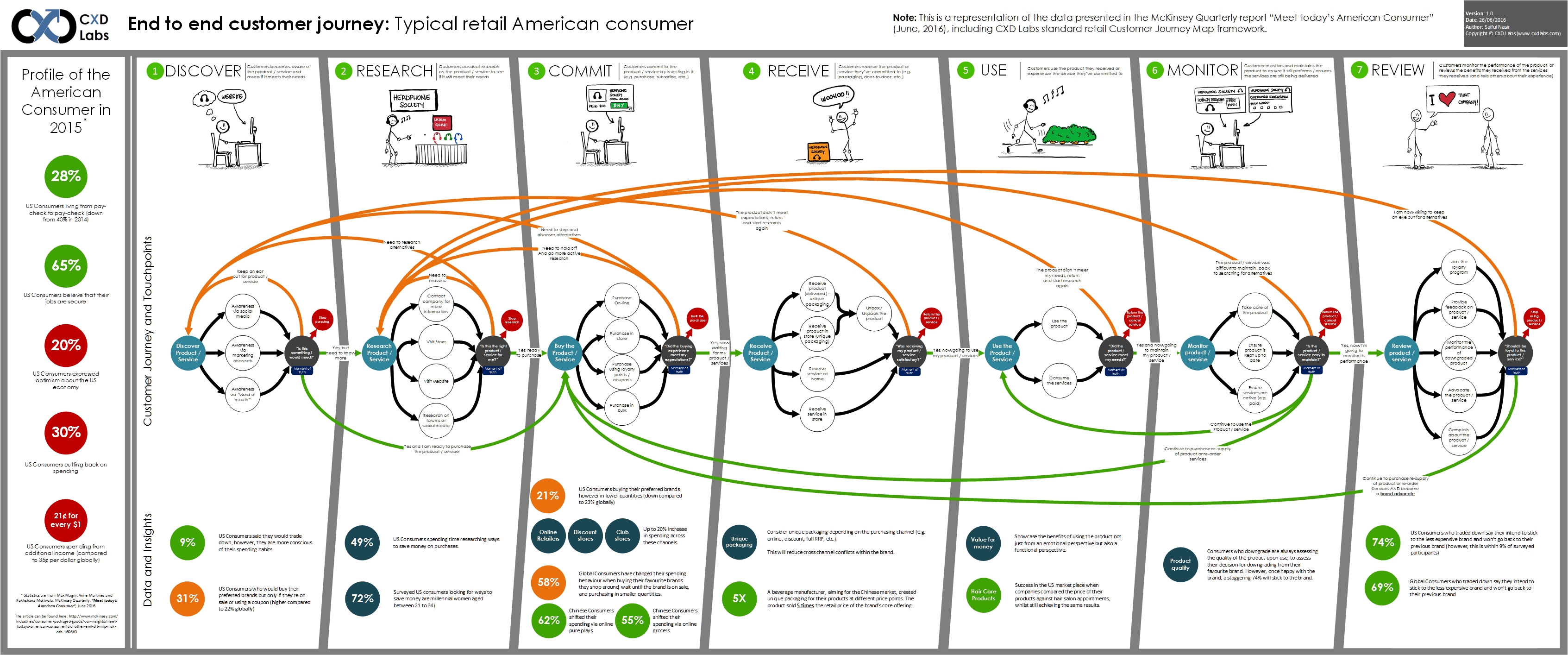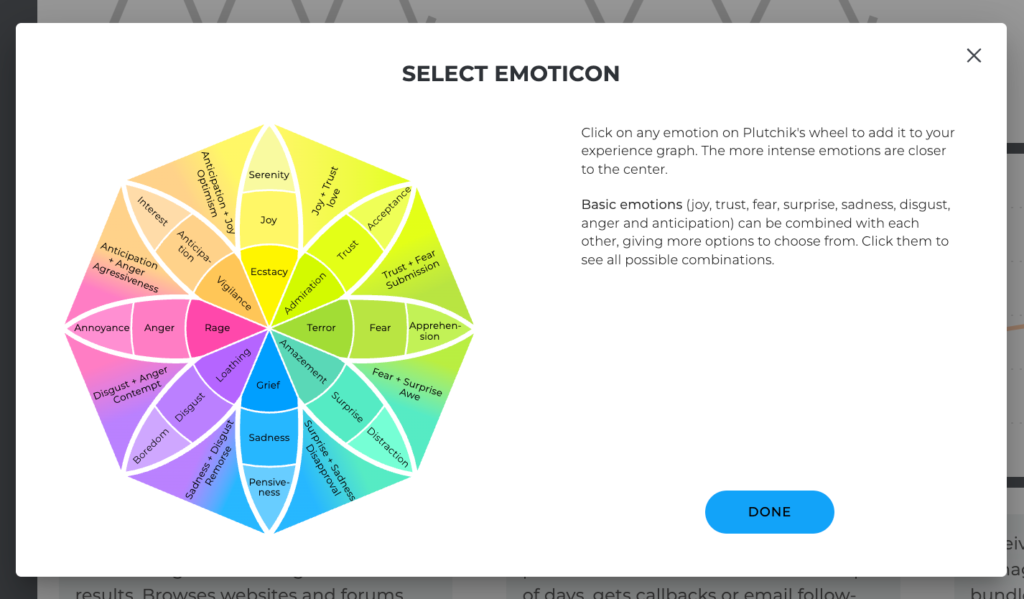

“The customer service team never spoke to the contractor management team. “Many of the employees and contractors pushed back really hard when we started making such drastic changes, but once the positive results started coming in, most have been pretty happy to get onboard.”īecome intimately familiar with the customer journeyĪfter renewing a focus on the customer, Wick reorganized. Wick explained, “When you start making decisions for your customer, some of your employees who were feeling really good might not anymore same with the contractors.” Indeed, many of the decisions that Wick made as part of a focus on the customer journey were difficult, sometimes unpopular - at first. It is a very different thing to live by it.” “But it is one thing to say we’re going to do it and talk about it with your associates, your management team. “That’s very motherhood and apple pie - obvious,” Wick acknowledged. So he mandated a renewed focus on doing what’s good for the customer. “My company historically made a lot of decisions that felt really good for the employee and felt really good for the contractor, over time losing sight of what felt really good for the customer,” Wick explained. Since he took over as vice president of operations in June 2012, “We’ve started to turn that around.” “That’s not a long-term recipe for success,” Wick acknowledged.

Indeed, despite the fact that American Home Shield is an industry giant, over the last few years the company has struggled improve its customer retention rate, and drive organic growth. “So I can promise you there are quite a few challenges with delivering a uniform customer experience,” Wick said. The company’s own employees take the customer’s call, dispatch the contractor and manage customer service issues. To deliver that service, American Home Shield relies on a network of 10,000 independent contractors across the country. Wick explained, “Our customers don’t want to deal with the hassle of finding the contractor and managing them through the process of fixing the problem.

Customers pay an annual premium and in return they can call American Home Shield anytime if a home appliance or system (from the refrigerator to the water heater to the plumbing) needs fixing. At first against the grain, sometimes counterintuitive, Wick’s transformation of American Home Shield’s customer service model has dramatically improved customer delight.Īmerican Home Shield is a $750 million home warranty company, the largest in the United States, by far. Introduced by Bhattacharjee, Wick told his story at the 24th Annual Compete Through Service Symposium presented by the Center for Services Leadership at the W. P. Carey School of Business. Marty Wick, vice president of operations at American Home Shield, took McKinsey’s customer journey theory and implemented it. “Yet for the customer, the real experience is not a moment, but a journey.” Improving customer experience requires a holistic look at the entire journey, end-to-end.

“Looking at individual touchpoints or moments of truth can improve the customer experience a bit,” explained Dilip Bhattacharjee, an associate partner with McKinsey & Company. Companies often take a “moment of truth” approach to improving customer satisfaction: They look at a particular touchpoint in the customer’s experience with the company (say, when the customer places an order or calls for customer service help) and seek ways to improve that moment.


 0 kommentar(er)
0 kommentar(er)
